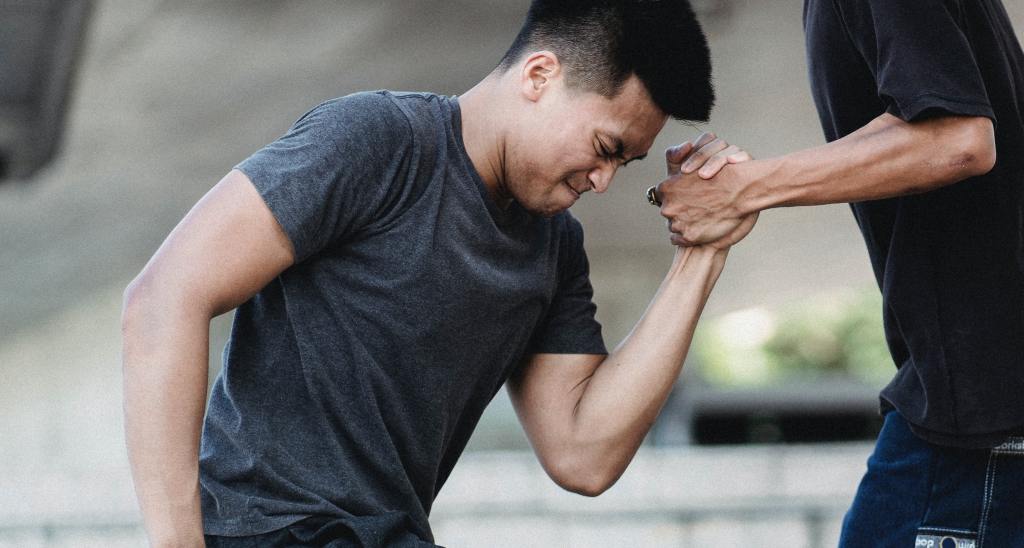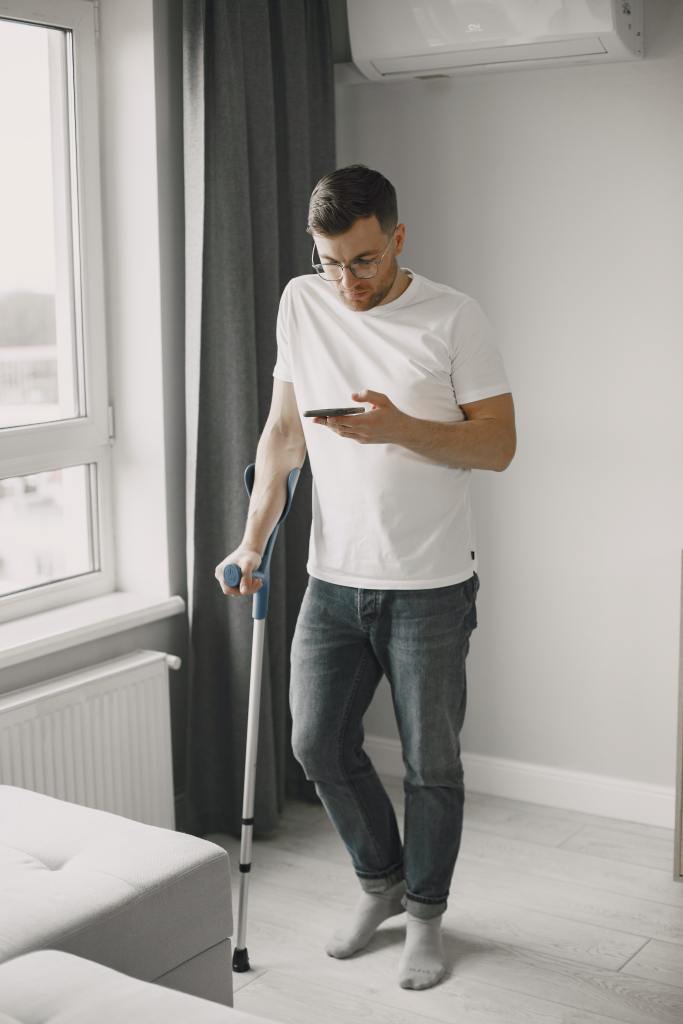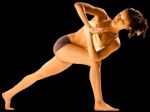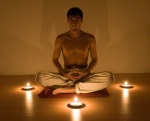TWO COMMON APPROACHES TO PAIN & LIFE
Do you suffer from chronic tension or pain in your muscles or joints?
Do you tend to PUSH THROUGH PAIN & life, or do you tend to go with the demands of your habits and CATER TO PAIN in the hope it will disappear sooner or later? If yes, how does this work out for you?
Those two opposite behaviors in relation to pain and life are quite common, and related
but are they always helpful? They may be once we include an important distinction!
WHAT’S REALLY GOING ON?
WHEN YOU PUSH THROUGH PAIN, you come from the extreme end of the “Masculine Energy” spectrum as you are trying to do a task, fix a problem, ignore it or bully it into submission. It may work on some occasions, but it is not an efficient way to deal with your pain because it includes a disconnect with the guidance of your body intelligence and often, it creates more challenges sooner or later. This is a behavior that we inherited from the bodybuilders who started Modern Fitness. They assumed that muscle size and firmness was the source of physical strength. They assumed that more was always better. But IS MORE ALWAYS BETTER?
The man in the picture above is very focused on accessing his strength. However, he is mainly relying on the strength of his arm and shoulder muscles while disconnecting from his whole body in different ways! As a result, he is totally straining and not accessing his whole-body strength which would be easier on his body and superior in its result all at the same time!
WHEN YOU CATER TO YOUR PAIN, you come from the extreme end of the “Feminine Energy” spectrum. You are trying to avoid triggering the pain and you are going with the demands of your movement habits and your idea of comfort. As a result, you may be overusing or misusing your body unknowingly. Let’s say you hurt your right foot, so you avoid putting pressure on it by using a crutch. It makes sense. Not a problem in itself. However, CAN THIS CREATE OTHER ISSUES?
As seen in the picture on the right, the man is overusing both his left leg and right shoulder. This creates excess tension in his compressed leg as well as his shoulder and upper back. It distorts his body alignment, the effect of which can be felt once he no longer uses the crutch, if not sooner.
WHAT IS THE UNDERLYING TRUTH HERE?
NEITHER WAY FROM THE EXTREME END OF THE SPECTRUM is really efficient because both interfere with the best functioning of your body as a whole. These ways end up creating unnecessary muscle tension. Sooner or later, your body complains with excess tension or pain in muscles or joints.
So, what can you do to be more efficient and still challenge yourself physically or use a crutch when needed?
HOW CAN THESE ENERGIES BE BALANCED?
BOTH ENERGIES are part of the solution when used in a balanced way and in combination.
What really matters is not what you do, but how you do it.You can absolutely develop body strength without tensing your body and disconnecting from its intelligence. You can use a crutch, if you need to, without getting unbalanced in the process.
Recently, I taught a workshop for musicians and one participant had been experiencing pain in her left shoulder, arm, and fingers from playing her string instrument.
I could see she was working harder than she needed to, which is why she was experiencing pain. Due to the unevenness of the instrument, it was also affecting her overall postural balance. I made suggestions to allow more integrated functioning so she could still play without working so hard. The following week, this more balanced approach to playing felt already so much more comfortable, she came back to class with a big smile. With her new mindset using integrated functioning, she was on her way to keep creating healing space!
When you function as an integrated whole,
all body parts and energies work together harmoniously and are in balance.
Doing any activity with tight muscles and locked joints does not align with your whole-body intelligence. It comes from a belief that more is better, and ease is not productive. This is simply not true, and it has caused lots of unnecessary pain in many people. There is such a thing as developing “Flexible Strength”.
EXPERIENCE THIS FOR YOURSELF
I am not asking you to take my word for it.
Try this simple daily task and see what you discover for yourself:
Next time you go shopping, soften your muscles while still carrying your bag. Notice that your body strength comes from your whole body when your muscles don’t work so hard. Practicing this in daily life and in specific activities can make you feel so much better.
That is precisely why famous actors and Olympic athletes swear by this approach based on Alexander Technique work which allows them to perform at their best with optimal safety.
Overusing your muscles unknowingly is only one aspect of this work. It is all about discovering and unlearning unconscious habits of mind and body that do not serve you, so that the natural way can take over, guide you to function in a more integrated way and increase your wellbeing.
If you want to get a deeper understanding and a taste of “Integrated Functioning” to reduce, eliminate, or prevent chronic tension or pain, sign up for my upcoming webinar:
“Freedom from Chronic Tension or Pain using 3 Unique Pathways”
Given the experiential nature of this webinar, the number of places is limited,
so make sure to sign up to reserve your space!
__________________________________________________________
Cécile Raynor has been teaching for 30 years, published the Wise Way to Yoga as well as numerous articles, and she was featured several times both on TV and on an “Expanded Awareness” radio show. Her blog has been read by thousands of people in over 100 different countries. Her work is based on the Alexander Technique, the best-kept secret of Olympic athletes and famous performers. They swear by it because it allows them to perform at their best with optimal safety. Although it is now commonly used by everyone. She also created the Body Intelligence Activation Process™, a mind, body, heart and spirit work that affects her students in all aspects of their life as they experience increased wellbeing.
Cécile has been helping people with poor posture, chronic muscular tension and pain, joints issues and headaches reclaim their ease of movement, their natural good posture, and the joy and peace of mind brought by well-being. She has also been a mentor for many students interested in embodied and integrated personal growth.
Cécile can be reached by responding to this blog or by contacting her through her website: https://cecileraynor.com/








